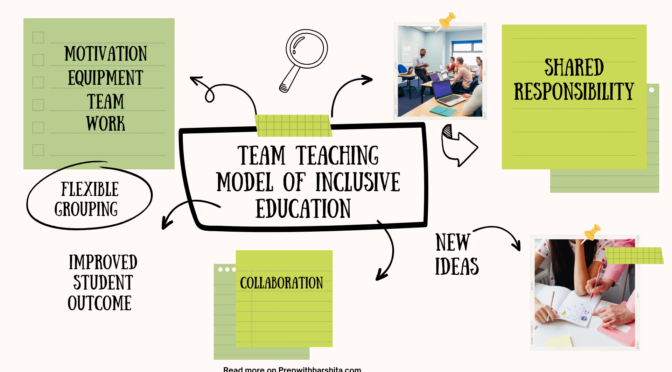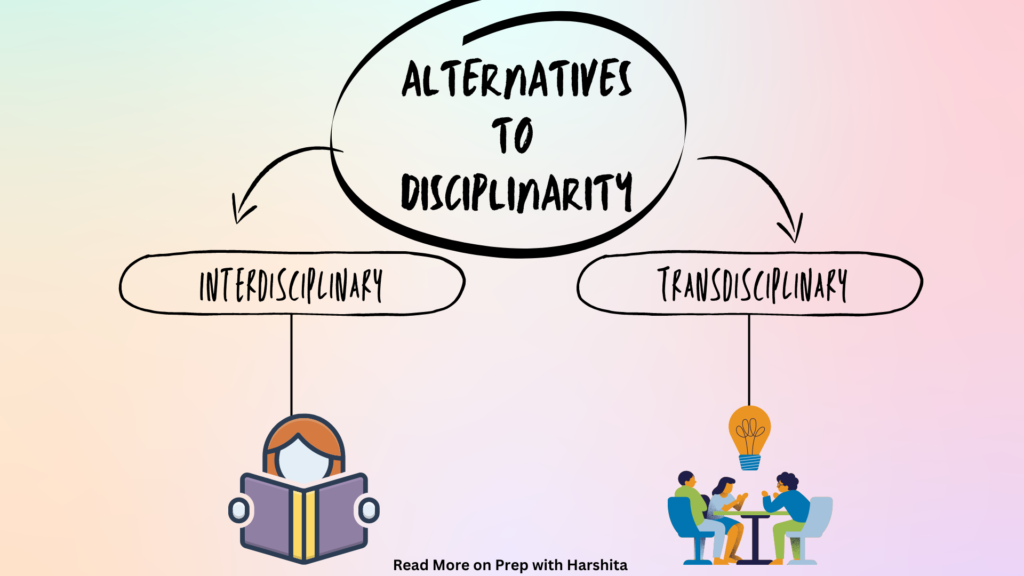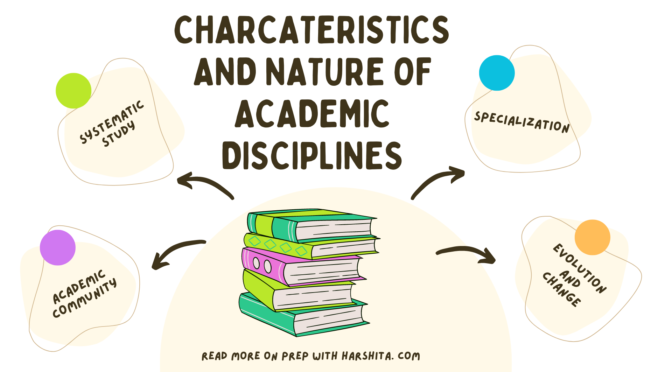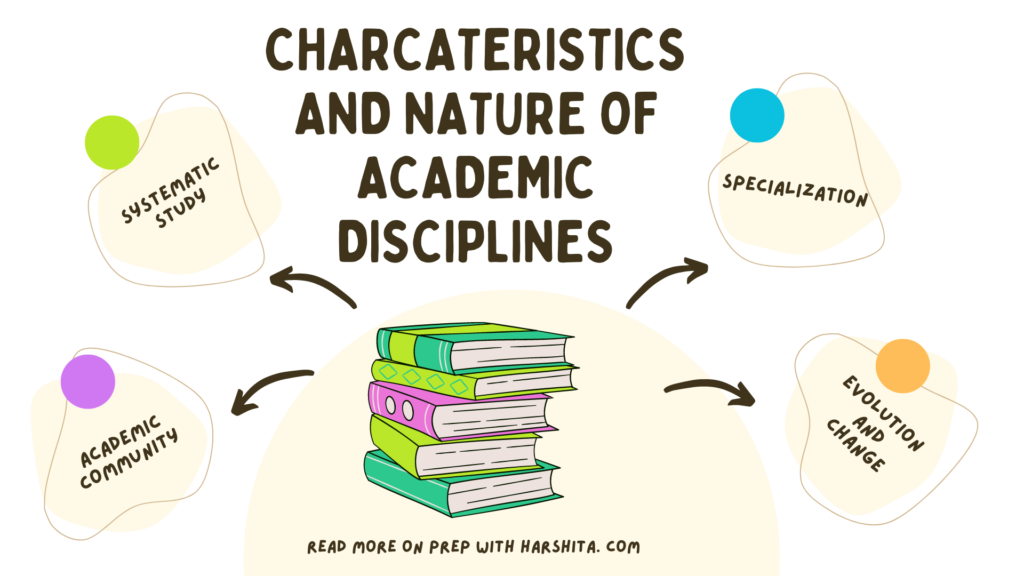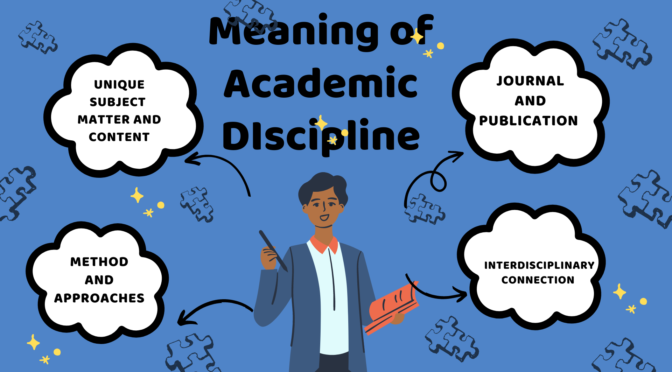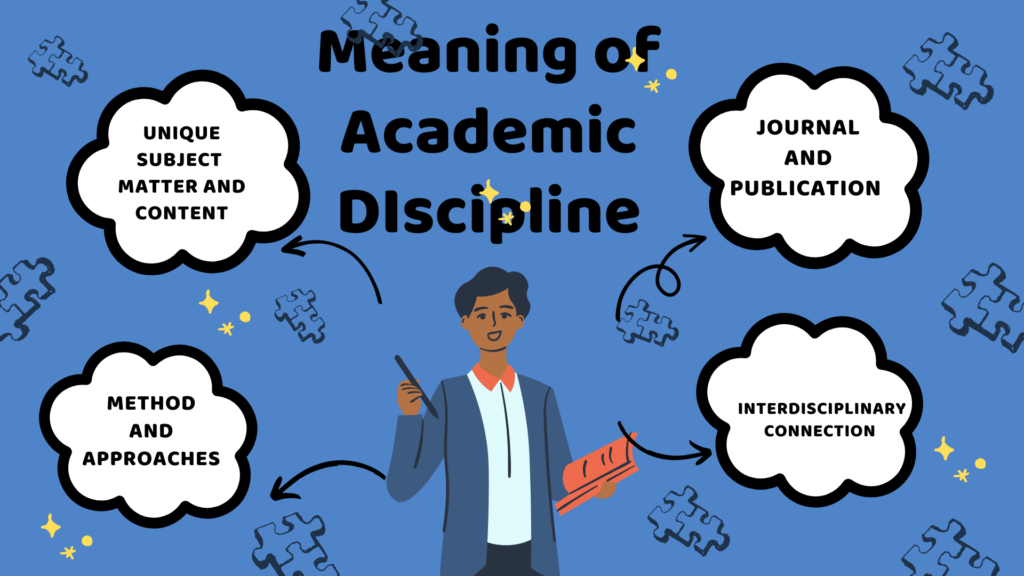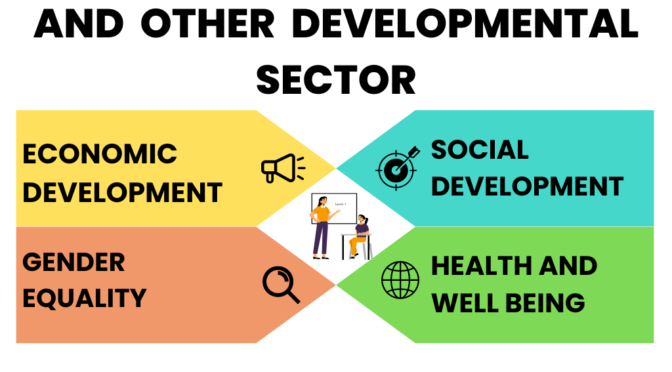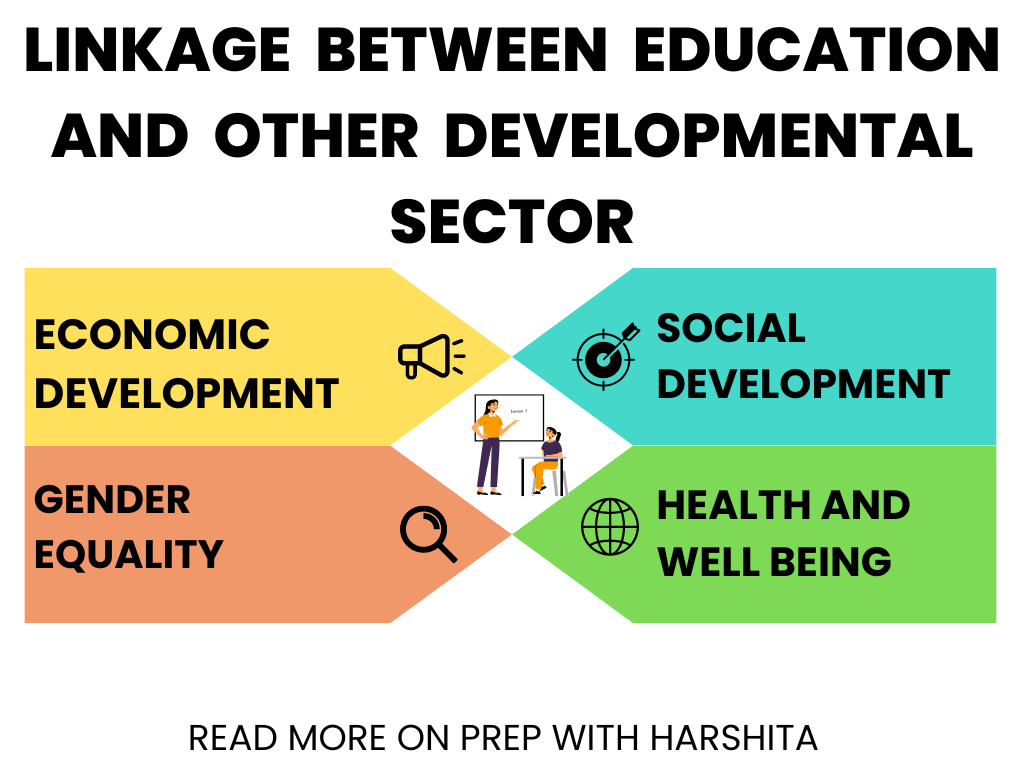The team teaching model of inclusion, also known as co-teaching, is an approach to inclusive education that involves two or more teachers working together in the same classroom to support the learning needs of all students, including those with disabilities or other special needs.
The model emphasizes collaboration, shared responsibility, and the integration of specialized support within the general education setting.
Here are some key features and benefits of the team teaching model:
- Collaboration: In team teaching, general education teachers and special education teachers collaborate closely to plan lessons, instructional strategies, and assessments. They share their expertise and knowledge to create a supportive learning environment for all students.
- Shared Responsibility: Both teachers share the responsibility for teaching and meeting the diverse needs of students. They work together to provide differentiated instruction, address individual learning goals, and modify curriculum and materials as needed.
- Inclusive Environment: The team teaching model promotes an inclusive classroom environment where students with special needs are fully included and actively participate in the general education curriculum alongside their peers. It helps reduce the stigma associated with special education and fosters a sense of belonging for all students.
- Individualized Support: With multiple teachers in the classroom, students receive individualized support and attention. They can benefit from small group instruction, one-on-one assistance, or additional guidance based on their specific learning needs and abilities.
- Flexible Grouping: Team teaching allows for flexible grouping arrangements, where students can be grouped based on their needs, interests, or learning styles. Teachers can easily organize and manage small group activities or stations, ensuring that every student receives appropriate instruction and support.
- Professional Development: The team teaching model encourages ongoing professional development for both general and special education teachers. They learn from each other’s expertise, share best practices, and develop a deeper understanding of inclusive teaching strategies.
- Positive Role Modeling: The presence of a special education teacher in the general education classroom can serve as a positive role model for all students. It promotes empathy, understanding, and respect for individual differences.
- Improved Student Outcomes: Research suggests that the team teaching model can lead to improved academic and social outcomes for students with disabilities. It provides them with greater access to the general education curriculum, promotes peer interaction and collaboration, and enhances overall learning experiences.
It’s important to note that successful implementation of the team teaching model requires effective communication, collaboration, and coordination between teachers, as well as ongoing support from school administrators.
Training and professional development opportunities should be provided to help teachers develop the necessary skills and knowledge for effective co-teaching.
Also Read: PWD Act 1995
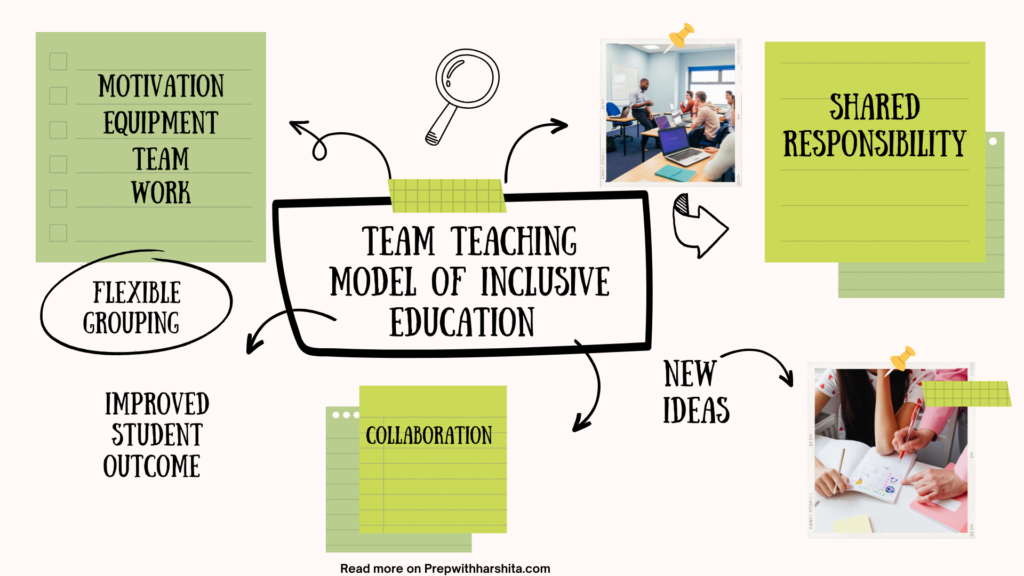
Also Visit: Prep with Harshita

